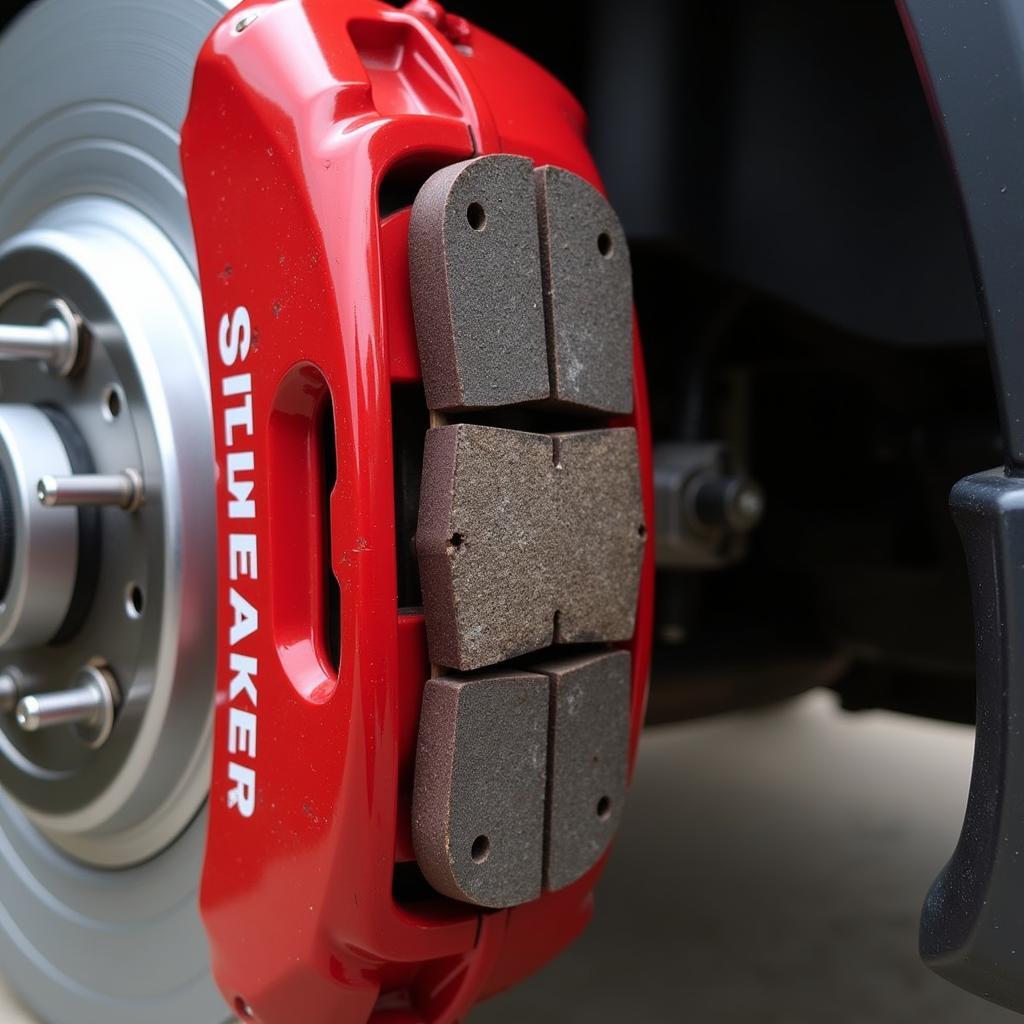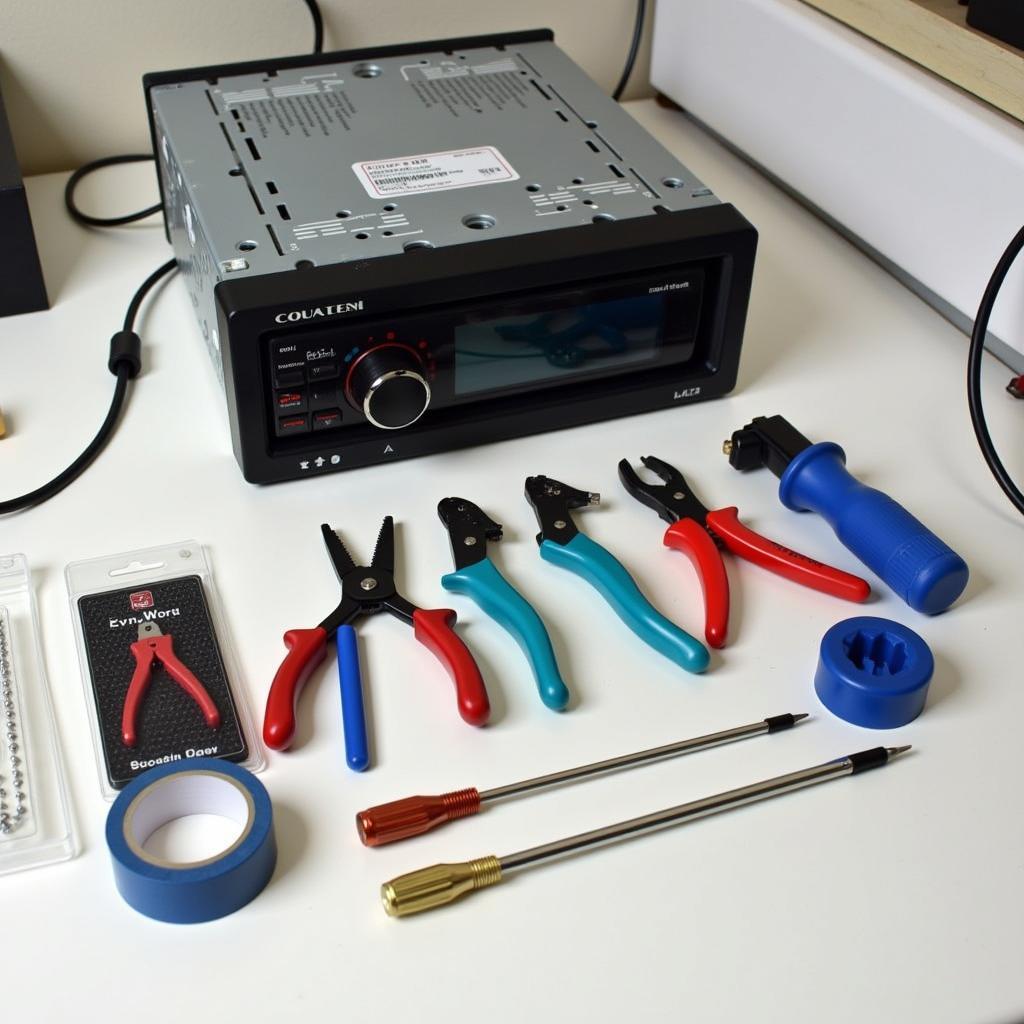A car battery’s normal current draw is crucial for its health and longevity. Excessive draw can lead to a dead battery, leaving you stranded. This article will delve into understanding what constitutes a normal current draw, how to measure it, and what to do if your battery is draining too quickly.
Knowing the normal current draw on car battery is essential for maintaining a healthy vehicle. Several factors influence this draw, including the vehicle’s age, installed accessories, and overall electrical system health. Understanding these factors can help you troubleshoot potential battery drain issues and ensure your car starts reliably every time. Let’s explore the key aspects of normal battery drain and how to keep your car’s electrical system in top shape. Similar to parasitic battery drain test, checking for excessive current draw is a vital part of car maintenance.
What is Normal Current Draw on a Car Battery?
A typical car battery, when the engine is off, should have a current draw of between 20 and 50 milliamps (mA). This low current powers essential systems like the clock, radio memory, and security system. Anything significantly higher than this range indicates a potential problem, often referred to as parasitic drain. This seemingly small drain can, over time, completely discharge your battery, leaving you with a car that won’t start. For newer vehicles with more sophisticated electronics, the normal draw can be slightly higher, sometimes up to 80mA. Understanding this baseline is the first step in diagnosing battery problems.
What causes high current draw? A common culprit is faulty wiring or a malfunctioning component constantly drawing power. This could be anything from a glove box light staying on to a more complex issue within the car’s computer system. Identifying and rectifying these issues is crucial for maintaining a healthy battery. This aligns with the principles discussed in battery on car keeps draining where we explore the reasons behind consistent battery drainage.
How to Measure Car Battery Current Draw
Measuring current draw is a straightforward process using a multimeter. First, ensure the car is off and all accessories are turned off. Then, disconnect the negative battery cable. Connect the multimeter in series between the negative battery terminal and the disconnected cable. The multimeter should be set to measure DC current (A). The reading displayed is the current draw.
Knowing how to accurately measure your car’s current draw empowers you to take control of your vehicle’s electrical health. This is further emphasized in checking for battery drain on car which provides a step-by-step guide to identifying potential drain issues.
Identifying Excessive Current Draw
If your current draw exceeds the normal range, it’s time to identify the culprit. A systematic approach involves removing fuses one by one and observing the multimeter reading. A significant drop in the reading after removing a particular fuse indicates the circuit powered by that fuse is the source of the excessive draw. This process requires a wiring diagram for your specific vehicle to pinpoint the components connected to each fuse.
“Accurate diagnosis is key to resolving parasitic draw issues,” says John Smith, Automotive Electrical Engineer at Leading Auto Solutions. “Using a multimeter and a systematic approach with the fuse box is crucial for pinpointing the problem area.” This process is similar to what is described in diagnose battery drain in car to isolate the source of the drain.
Troubleshooting High Current Draw
Once the problematic circuit is identified, further investigation is needed to determine the specific component causing the excessive draw. This may involve visually inspecting wiring for damage or shorts, testing individual components, or using specialized diagnostic tools. If you are not comfortable working with electrical systems, it’s best to consult a qualified automotive electrician.
“Remember, safety first when working with car electrical systems,” advises Jane Doe, Lead Technician at Auto Electric Experts. “Always disconnect the battery before any testing or repairs.” Addressing persistent battery drain is essential for vehicle reliability, as discussed in my car battery keeps going flat. This guide provides further insight into common causes and solutions.
Conclusion
Understanding the normal current draw on car battery is crucial for maintaining its health and ensuring your car starts reliably. Regular checks with a multimeter can help you identify potential problems early on. By following the steps outlined in this article, you can troubleshoot high current draw and prevent future battery issues. Regularly monitoring your car battery’s normal current draw can save you from unexpected breakdowns and costly repairs.
FAQ
-
What is a typical normal current draw on a car battery?
A normal current draw is between 20-50mA, sometimes up to 80mA for newer cars. -
How do I measure the current draw on my car battery?
Use a multimeter in series between the negative battery terminal and the disconnected negative cable. -
What if my car battery current draw is too high?
Systematically remove fuses and check the multimeter reading to identify the problematic circuit. -
What are the common causes of high battery drain?
Faulty wiring, malfunctioning components, or interior lights left on. -
Should I consult a mechanic for high battery drain issues?
If you’re not comfortable working with electrical systems, consult a qualified automotive electrician. -
How often should I check my car battery’s current draw?
Checking every few months is a good preventative measure. -
Can aftermarket accessories increase battery drain?
Yes, improperly installed or malfunctioning accessories can significantly increase drain.



